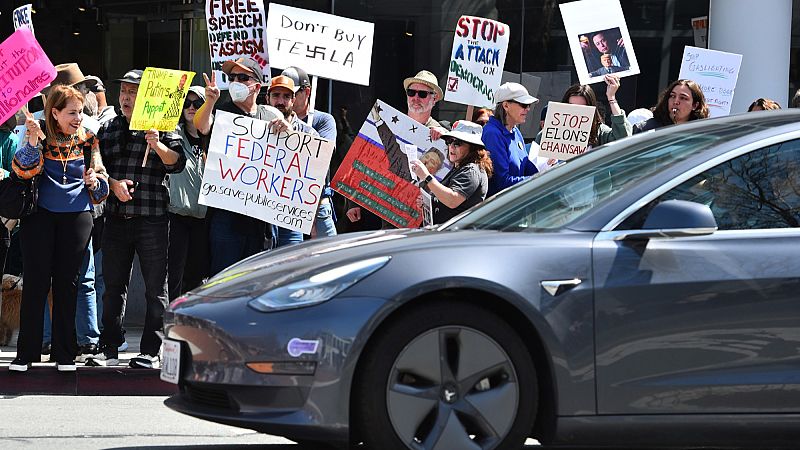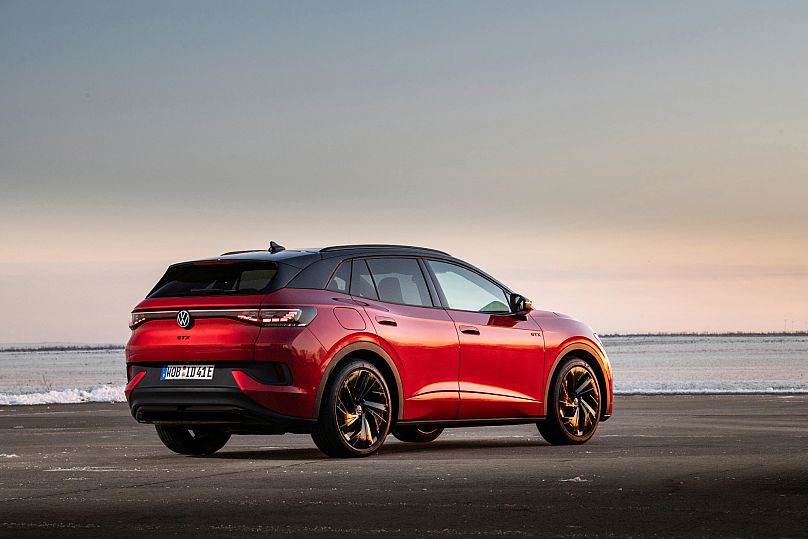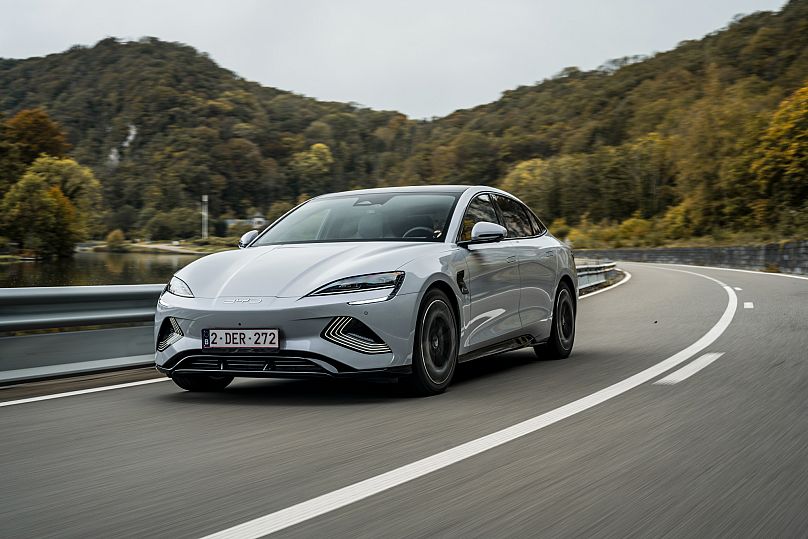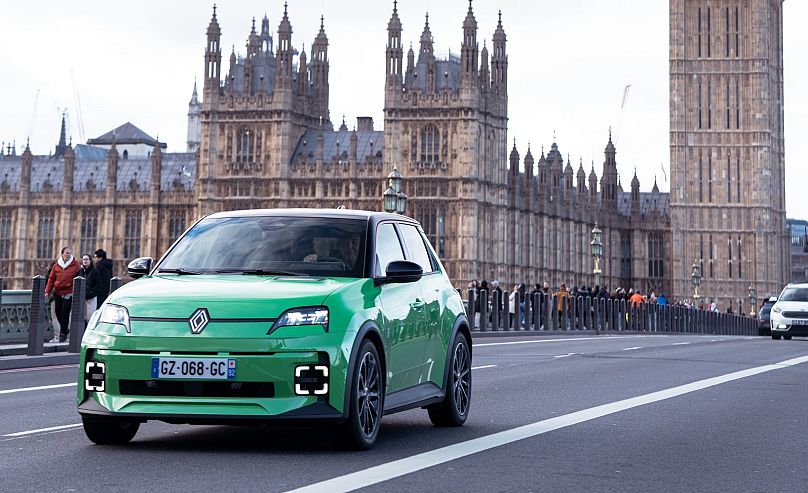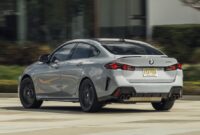Tesla’s leadership in Europe’s electric vehicle market is diminishing. The American automaker experienced a decline of 43 percent in sales compared to the previous year during the initial part of 2025. Specifically, in Germany — which remains Tesla’s key European marketplace — sales plummeted by 70 percent just in February.
The decrease is not consistent across all areas. Small improvements in the UK and Ireland highlight the significance of regional factors.
However, the overall situation is evident: rivals are closing in, and Tesla’s brand — which has been bolstered for a long time by its technical superiority and pioneering position — is facing increased strain.
A contributing element is the more politically charged persona of Elon Musk.
His support
For U.S. President Donald Trump and Europe’s far-right movements, this has driven away certain customers, particularly in image-focused markets such as Germany.
Nevertheless, the electric vehicle industry in Europe continues to perform well. In the initial two months of 2025, battery-electric car sales increased by 28.4 percent. It seems that Tesla’s downturn is specific to the company rather than indicative of the entire market.
Amidst the upheaval at Tesla, which car manufacturers and electric vehicles are benefiting from its declining appeal in Europe?
Volkswagen: The pioneering frontrunner makes a comeback
Volkswagen, a leading German automaker, is regaining its prominence in the automotive sector. In January 2025, the ID.4 took the top spot as Europe’s most popular electric vehicle, boasting a range of approximately 500 kilometers, a recognizable design, and a compelling price point.
The local manufacturing along with an extensive range of electric vehicles — such as the ID.3 hatchback and ID.7 fastback — contributed to doubling Volkswagen’s electric vehicle sales in the initial three months of the year.
Thanks to its size and history, the company is ideally positioned to solidify its achievements.
Renault’s affordable edge
Affordability remains critical, and Renault is capitalising. The reborn 5 E-Tech, built in northern France and priced around €25,000, fuses retro flair with modern engineering.
Named Europe’s Car of the Year 2025, it underscores a bold strategy: dynamic pricing, accessible leasing, and ruthless cost control.
Through an emphasis on high-production small and compact vehicles, Renault is expanding wisely and offering value without sacrificing quality — demonstrating that being affordable doesn’t mean settling for less; instead, it becomes a key advantage.
Chinese brands gaining momentum
Once peripheral,
Chinese automakers
have now become significant participants, even as they encounter growing obstacles.
In the first quarter, BYD saw its worldwide sales increase by 60%, with Europe becoming an increasingly important market. NIO is expanding production of its upscale ET5 model, which boasts a top-tier interior along with a distinctive capability: battery swapping.
Currently, thirty exchange points are operational across Europe, backing their approach focused on rentals for customers who prefer technology-driven purchasing options.
Nevertheless, EU tariffs – which can be as high as 35.3 percent on electric vehicles manufactured in China – might hinder progress.
Brussels is considering implementing minimum pricing floors aimed at safeguarding homegrown brands. Such pressures could encourage Chinese companies to localize their manufacturing processes or enter into joint venture agreements instead.
BMW and Polestar: High-end competitors ascending
Both well-established and up-and-coming high-end brands are making significant strides. The BMW i4, boasting a range of 590 kilometers, has spearheaded the company’s electric vehicle initiative.
The growth in electric vehicle sales within Europe saw a significant increase of 64 percent, bolstered by robust brand reputation and a wide-ranging dealership infrastructure.
Polestar is expanding rapidly as well. In early 2025, global sales increased by 76 percent, with UK deliveries jumping by 185 percent, thanks to the increasing popularity of the Polestar 2 and the introduction of the Polestar 3 and 4 models.
The combination of Volvo’s engineering prowess, sleek minimalistic style, and non-partisan stance is striking a chord in a marketplace that prioritizes these values.
Why These Brands Are Dominating – For Now
Tesla’s downturn has opened up opportunities, however, competitors are making progress thanks to factors beyond mere timing.
Structural benefits, ranging from production scalability to geographic politics, are reshaping the competitive landscape.
Producing locally provides European brands a significant advantage. Both Renault and Volkswagen support the EU’s industrial policies and receive benefits from regional subsidies.
Diversity within models represents another significant advantage. Tesla’s limited range—primarily focused on the Model 3 and Y—does not cater well to Europe’s diverse preferences. Although SUVs and crossover vehicles have gained popularity, smaller cars like compacts and hatchbacks continue to lead in sales figures.
Brand reputation is equally important. Established brands such as VW and Renault gain advantages from years of customer confidence.
Chinese newcomers
While unverified, these are considered politically impartial — an increasingly significant factor.
Changing attitudes are clear. According to an Escalent survey conducted in 2024, more than one in five European automobile owners would contemplate purchasing a Chinese electric vehicle, with young consumers being particularly open to this idea.
A T-Online poll conducted in Germany with 100,000 participants revealed that 94 percent would not purchase a Tesla, primarily due to Musk’s political involvement.
A study conducted by EenVandaag in the Netherlands found that almost 30 percent of Tesla owners are thinking about reselling their vehicles due to feelings of shame regarding Musk’s conduct.
Pricing: The critical battleground
Ranging from affordable options such as the Renault 5 to luxury electric vehicles like the BMW i4, rivals now cover various price segments.
Although Tesla excels in the mid-range and luxury segments, it still hasn’t introduced an genuinely budget-friendly option.
As reported by Reuters, Tesla intends to introduce more affordable options.
The delivery of Model Y has been postponed.
. The stripped-down SUV was seen as key to reversing falling sales and market share, and sparking fresh demand from cost-conscious buyers.
As per McKinsey’s projections, European purchasing power is expected to stay stable until at least 2030. This puts increasing pressure on automakers to cater to stricter budgets without compromising on quality or attractiveness.
Tesla: Recovering but Not Out of the Game Yet
Even with recent challenges, Tesla’s downturn is not irreversible.
Deliveries of the refreshed Model Y – dubbed “Project Juniper” – have resumed. With updated suspension and enhanced driver-assistance features, it’s designed to restore momentum.
Previous launches indicate that Tesla has the ability to recover swiftly, and Juniper might do the same.
Tesla continues to lead in software and charging capabilities. Its over-the-air updates, entertainment system, and Supercharger network still set industry standards. However, competitors are closing in, offering advanced digital interfaces and growing networks of fast-charging stations throughout Europe.
The environmental landscape is also changing. Emission regulations are becoming more stringent, consumers’ demands are increasing, and a range of compact electric vehicles from both established and new competitors will be launched later this year.
Maintaining territory requires more than just equipment; it demands flexibility, greater localization, and a better understanding of regional nuances.

